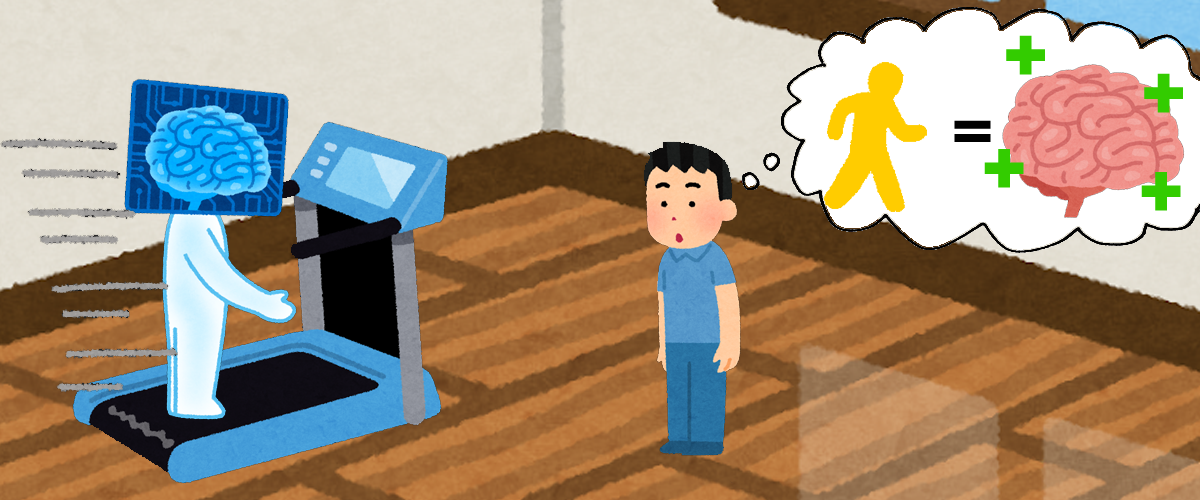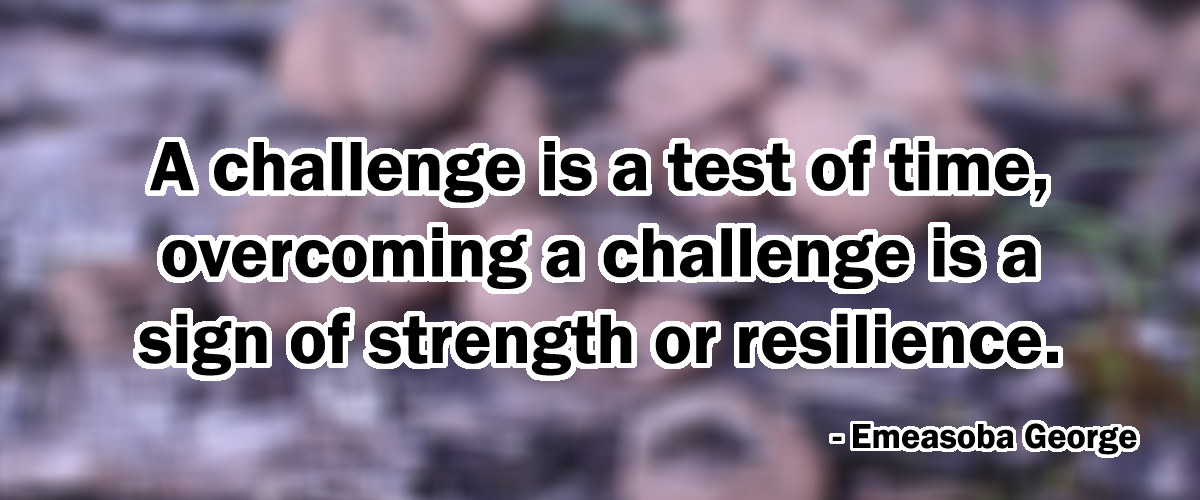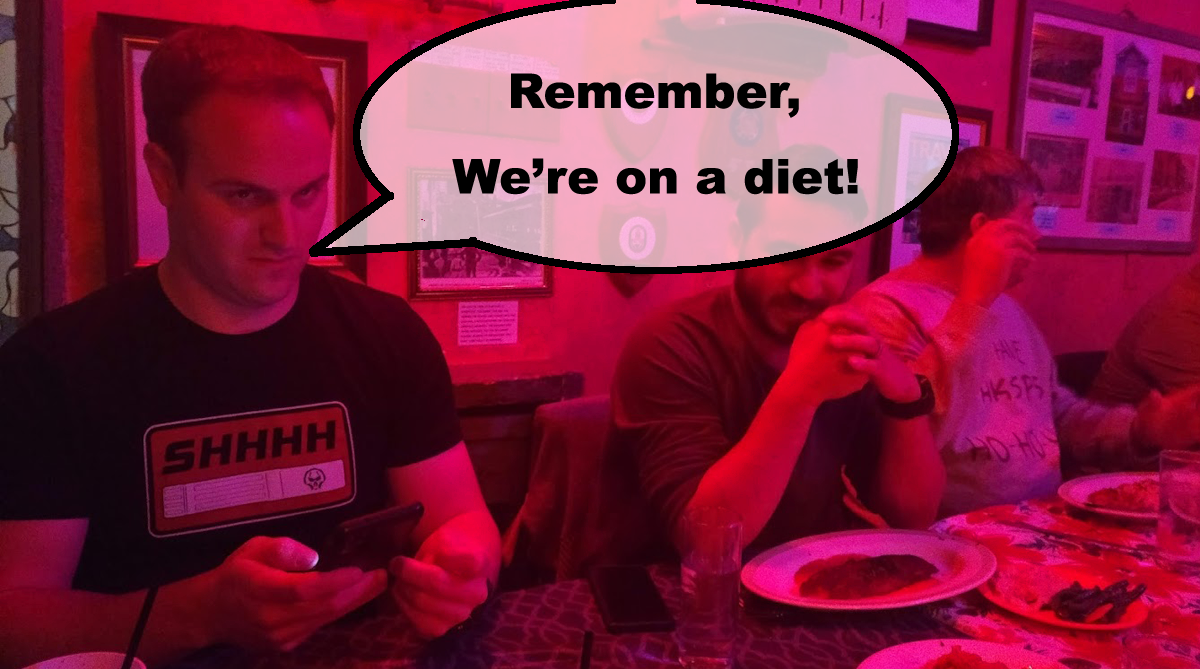The Path Less Traveled #040: 2022 New Year’s Resolutions
Andrew D 01.03.22

It’s 2022; have you been considering making changes to your life? More money, less time at work, exercise, or make it outdoors more? I feel New Year’s resolutions are a wash, but there are evidence-based practices to help attain these goals.
In this post, we’re going to go over the aspects of resiliency and how they apply to your life. Implementing these practices will allow steady improvements to your daily life.
Welcome to our recurring series of “The Path Less Traveled.” In this series, we want to take you along for our exploits in the wilderness while hiking, camping, exploring, and general adventuring. This will include our small daily victories, foibles, tips, tricks, and reviews of gear we authentically appreciate and frequently utilize. While a well-worn trail can often be the pathway to a leisurely day, the paths less traveled can often spur on some of the greatest memories, misadventures, and fun we could imagine. Join us in the Comments as we share our travels and hopefully, we can all come together for a greater appreciation of the outdoors.
Alloutdoor New Year’s Posts
- New Year, New Ammo! Federal Premium’s NEW Fusion 6.5 PRC
- New Year, New Gear! MDT Poly Metal 308 Magazine 10 Round Capacity
- New Year’s Sausage and Jerky Tradition
2022 – New Year’s Resolutions to conquer all…
When I think of resiliency, I think of Bruce Lee’s speech about water. A better analogy would be bouncing back from things like a spring. Work on yourself in terms of resiliency, and you will be able to take upon more or thrive at current challenges. The Psycho-social Spiritual model for improvements in physical fitness and resiliency is a good starting point for us. Increased resiliency also increases self-awareness, self-regulation, optimism, mental agility, etc (Yeung, 2014).
If special forces groups practice resiliency training to manage elite multimodal stressors… I’m pretty sure it’ll help when hiking twenty miles or hauling 70 pounds of deer back home on your external frame (Greene, 2017). To reduce stress, self-care strategies are key. Self-care sounds like a hippy-dippy “peace and love” bullshit term. It’s about making sure you take care of yourself before springing a leak, essentially. Becoming stronger in each category below will help you tackle your day or hike with a few more matches left in the book at the end (Wells, 2021).
Physical Resiliency
Physical resiliency can be boiled down to these categories:
- Medical – Health, sickness prevention.
- Sleep – Snoring/Apnea? Get tested, Good bed, Adequate amount of sleep.
- Eat – Nutrition (and enjoyment), Weight management.
- Exercise – Fitness (and enjoyment).
Physical resilience is able to get you through challenges with more gas in the tank. Making sure any illnesses are squared away (as possible) takes stress off the consciousness, and increases overall health.
We all know getting a healthy amount of sleep and eating well result in confidence boosts. Y’know that one dude who can’t stop talking about going keto, right?
When it comes to New Year’s resolutions for 2022, don’t do things you hated or tried to do last year and failed. Hell, instead of working on weight loss and going on a diet, just work on a single variable that doesn’t make you miserable. Once habitual, implement more changes. The whole idea is to not do things that suck, but make it so you’re able to tolerate more suck.
I recall buying my Sleep Number bed and recalling how I was able to hit the day with a bit more vigor due to the quality of my sleep. This allowed me to sleep less over time, allowing me to get out and hit the gym more often.

There’s a philosophy of tiered exercise, stating that if you don’t have time for that 3-hour bike ride, hopping on the treadmill is still viable. If you don’t have time for the treadmill, you can still find time for something.
Long work hours ruin any chance for the gym 4-5 days a week. I have decided if I can’t get out on the trail or gym… I can at least do stretches or HIITs. Brief exercise still helps; a recent study even suggests those who engage in HIIT display cognitive enhancement (Moreau, 2017).
(I also recommend Darebee!)
Psychological
High-order resiliency will not stave off stress, anger, or sadness. Improving your psychological resiliency prevents your mood from slowing you down. Accurately recognizing your own thoughts and emotions is as important as acting on them in a healthy manner and time. Early recognition allows planning, knowing when to seek others for guidance, or learning how to adapt with(out) less stress. Appropriate thoughts and feelings help individuals thrive (Swank, 2015).
Being able to adapt to shitty situations is humanity’s motto. Increasing weight on the leg press is not entirely analogous to taking on more stress, but there’s a mild correlation. Research shows those who experience more adverse and stressful situations (and come out positively) were able to tackle tougher things later with less of a stress response. A generalized understanding of the Selye General-Adaptation-Syndrome states:
“Once these adaptations have been achieved, the stress caused by the same mode of exercise over and over again will no longer be recognized as a stress and therefore will likely not promote further or significant adaptation” (Selye, 2003).
Some would call this homeostasis. We’ve all reached plateaus when running (ugh), or other things, no? What about hitting cognitive plateaus during long work or study sessions? This is where incentives can come into play.
Okay, so you’ve already taken action and are feeling good.
Further improvement can still occur.
By using incentives for goal completion, your intentional action of goal completion will significantly increase (Pope, 2014). Think like a fun-size snickers after going to the gym.
Positive self-talk is a pretty solid resource too. (I personally feel dumb when doing it though) (Slimani, 2017). ?♀️
Psychological resiliency is such a broad topic. Here are some links if you’re interested.
- Self- Compassion
- Stress Mindset
- Goal Setting – Also, look up WOOP!
- Counterproductive Thinking
- Realistic Optimism
- Conflict Resolution
In summary, all positive actions to get things off your shoulders can increase your ability to tolerate more. Brings new meaning to emotional baggage, no?
Spiritual
While I’m all about faith, the term spirituality has more to do with having a sense of peace and purpose for one’s self. Don’t know about you, but I sure as heck feel pretty spiritual hiking up to my tree stand in the morning, or avoiding roadkill on the asphalt when riding my motorcycle faster than I should be. ?

Having a strong understanding of where you stand in the following areas can help you feel more tranquility than without:
- Identity/Character – Knowing who you are helps you in your relationship with others. Being able to properly recognize your strengths, weaknesses and other personality traits can lead to better emotional health during stressful times (Bauman, 2011).
- Purpose – “High level of spirituality helps them to improve their psychological well-being and have a purpose in life, which can lead to the health provision of them and patients” (Sahebalzamani, 2013).
- Motivation – “Our findings point to a spiritual source of work motivation and commitment, a more fundamental source than covered in existing motivation theories—commitment and motivation can also be expressions of a sense of meaning in one’s life” (Pargament, 2013).
- Integrity
By having guiding principals provide a better understanding of yourself and your purpose, you’re able to focus on and serve others easier. Developing or refining these skills integrates others into your circle of support; helping you build connections with people who can reach out when things get tough.
Social / Family
If you’re having a hard time getting out to the gym, get some friends to go with you. What about family or spouse? Social motivators are a great way to hold yourself accountable by having a partner support your goals. It is a little more difficult avoiding the gym, or going out to eat if there is someone there with you or waiting for you, no?
Our connection to others is vital to our resiliency. (Relationships are tough sometimes, though.) Even one true ride-or-die can give you the support to overcome difficulties than if going solo.
Staying connected to others (we’ve heard a lot about this lately, haven’t we? ??) is tough when everything else in life takes up time. The best way to incorporate others into your life is to invite them to something or join in on their shenanigans.
Yeah, your buddy Robert is all about doing deadlifts in his mom’s basement. Bring some dumbbells over and pound iron at least once a month together. Does that sound like what bros do? If not, bust out Catan.
Research even before COVID indicated loneliness is bad. It’s associated with significantly reduced odds of physical activity and (self-rated) wellbeing (Hawkley, 2009). These findings suggest the importance of incorporating social support mechanisms for physical activity interventions to enhance the quality of life (Hyun-Wook Kang, 2018).
The social aspect of a strong circle of support, including family, also has a higher propensity of buffering stress related to financial problems (Aslund, 2014). Families that are tighter-knit seem to have less financial stress than distant ones, regardless of actual income levels (Lusardi, 2003).
I once heard that good luck is less about what we think of as luck, and more likely to occur for those with a large close-social network. I feel this is one of the few times that wisdom from a group can help, guide, or provide opportunities for one another in a productive manner. Think ‘I know a guy who…‘ when your septic tank is overflowing while talking to your cousin across town. Having a tight group of people to ask questions or get a job reference from can increase your likelihood of catching that low-chance thing you’re seeking.
In Summary
The path leading to change is rarely a well-trodden road. Behavioral change always seems to be changing directions when moving toward the goal. You are progressing up a spiral staircase of change. Don’t forget that all aspects of being resilient are not a replacement for skill or knowledge, but that they are a suit of armor to help you endure the tougher times. Each piece is interconnected with one-another; Yes, you can be good at one aspect of the model, but that doesn’t mean you’re going to be well plated for when SHTF (figuratively).
I’ve left a lot of data here for review. If you’re looking to continue on with your New Year’s Resolution in 2022, please do so mindfully! I hope to see all of you out on the trails, in the woods, or on the roads… or maybe not. I hope we all take the path less traveled to get where we’re going.

